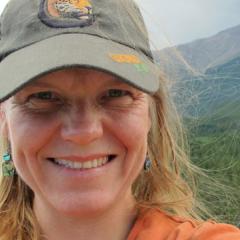Johnson's work chasing the illegal loggers looting the Amazon forest in WIRED
For years, timber barons in Peru have sent lumber to the US by the shipload. But many of the groves they harvested were pure fiction.
In 2009, with the Lacey Act amendment in place, Environmental Investigation Agency chief Alexander von Bismarck began trying “to figure out how to make a case with the new law.” A trade deal between the United States and Peru was just going into effect, and it included new penalties for illegal logging and made Osinfor an independent agency. Von Bismarck saw an opportunity. He and [Switzer Fellow] Andrea Johnson, then director of the EIA’s forest campaign, hired a Peruvian journalist named Julia Urrunaga, who had spent 15 years investigating corruption for Peru’s leading newspapers.
Urrunaga is a happy warrior sort, 47 years old, just over 5 feet tall, with a great mane of curly light-brown hair. “I’m a journalist. I didn’t know much about forestry,” she admits. She and Johnson, blue-eyed, freckle-faced, and also 5 feet tall, with a degree from Yale’s forestry school, set off to find out exactly how the lumber business worked. They visited river ports, attended endless meetings, and interviewed people about life in the logging camps. Then, one day out of the blue, an email arrived at the EIA office in Peru. It came from an Italian immigrant in Iquitos named Francesco Mantuano, who said he had been duped into buying a logging concession for what he imagined would be a lazy jungle retirement. Instead, he found himself entangled with the “wood mafia,” as he called it, in a deeply dishonest business that was sweeping away the rain forest “in a maelstrom of semi-slave exploitation, social and environmental changes … and looting of biodiversity.”
